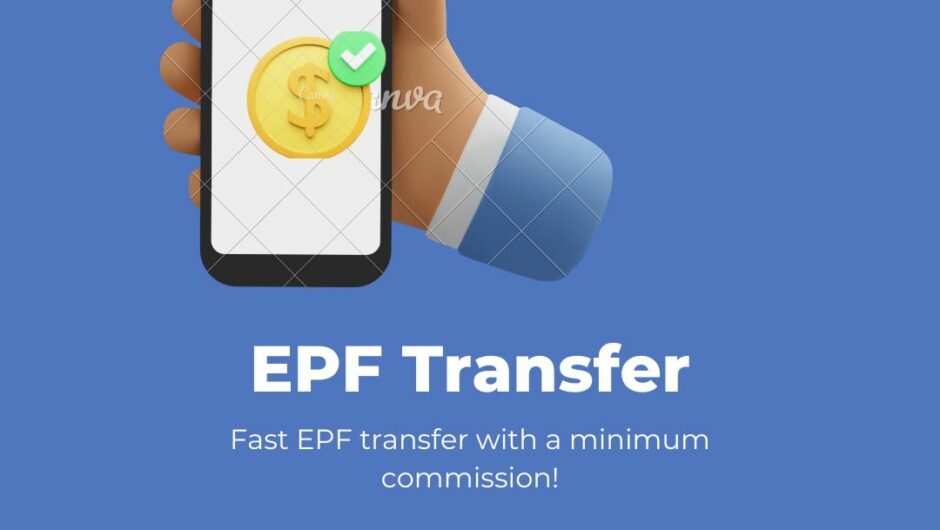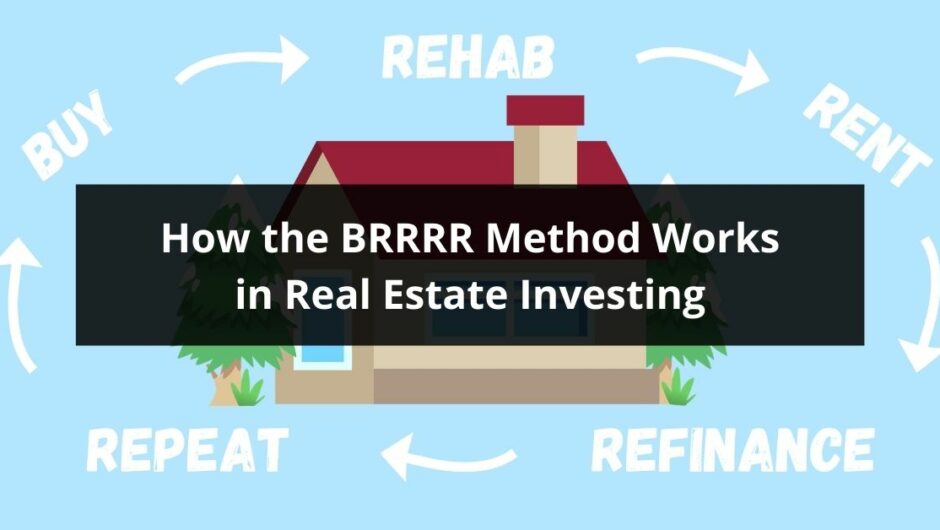3. Escrow Account
An escrow account is a financial arrangement established by mortgage lenders to hold funds collected from homeowners. To pay property taxes, homeowners insurance, and other expenses related to homeownership. It serves as a centralized account where these funds are deposited and managed on behalf of the homeowner.
When you make your monthly mortgage payment, a portion is allocated to your escrow account to cover future property tax and insurance payments. This ensures that these expenses are paid on time and in full, helping you avoid potential penalties or lapses in coverage.
One benefit of having an escrow account is that it allows you to spread out these large annual expenses into smaller, manageable monthly payments. Additionally, it provides peace of mind knowing that your property taxes and insurance premiums are being taken care of automatically.
4. Amortization Schedule
An amortization schedule is a detailed table that outlines each scheduled payment on a mortgage loan over its entire term. It provides a breakdown of how each payment is applied towards the principal balance, interest charges, and the remaining loan balance.
The schedule typically starts with the initial loan amount, interest rate, and loan term. It then lists each payment date and the corresponding payment amount. Initially, a significant portion of each payment goes towards paying off interest. While a smaller portion is applied to the principal balance. However, as the loan matures, the portion allocated to interest decreases, and the amount applied to principal increases.
By examining an amortization schedule, borrowers can gain insights into how their mortgage payments are distributed over time and how much of each payment goes towards reducing the loan balance.
5. Total Payment Calculation
Calculating your total mortgage payment involves considering several factors, including principal, interest, taxes, and insurance. Here’s how to calculate it:
- Principal and Interest: Start by determining the principal and interest portion of your payment. Use an online mortgage calculator or consult your loan documentation to find your loan amount, interest rate, and loan term. Then, use an amortization formula to calculate the monthly principal and interest payment.
- Taxes: Property taxes vary based on your home’s assessed value and local tax rates. Contact your local tax assessor’s office or review your property tax bill to find your annual property tax amount. Divide this amount by 12 to calculate your monthly property tax payment.
- Insurance: Homeowners insurance premiums also vary depending on your home’s location, value, and coverage. Contact your insurance provider or review your insurance policy to find your annual premium. Divide this amount by 12 to calculate your monthly insurance payment.
- Escrow: Add your monthly principal, interest, property taxes, and insurance payments together to determine your total monthly mortgage payment.
By calculating your total payment, you can better understand your financial obligations as a homeowner and budget accordingly.
Conclusion
In conclusion, understanding your mortgage payment is essential for successful homeownership. By grasping the components, including principal, interest, taxes, and insurance, you can budget effectively and plan for your financial future. Additionally, comprehending concepts like amortization schedules and escrow accounts empowers you to make informed decisions throughout the life of your mortgage. By applying these principles, you can manage your mortgage payment with confidence and ensure financial stability in homeownership.
Also Read:

Hello, I am Tanisha Kriplani, graduated in computer science from Delhi University. I am passionate about web content writing and have a strong interest in Data Analytics and Data Engineering.













